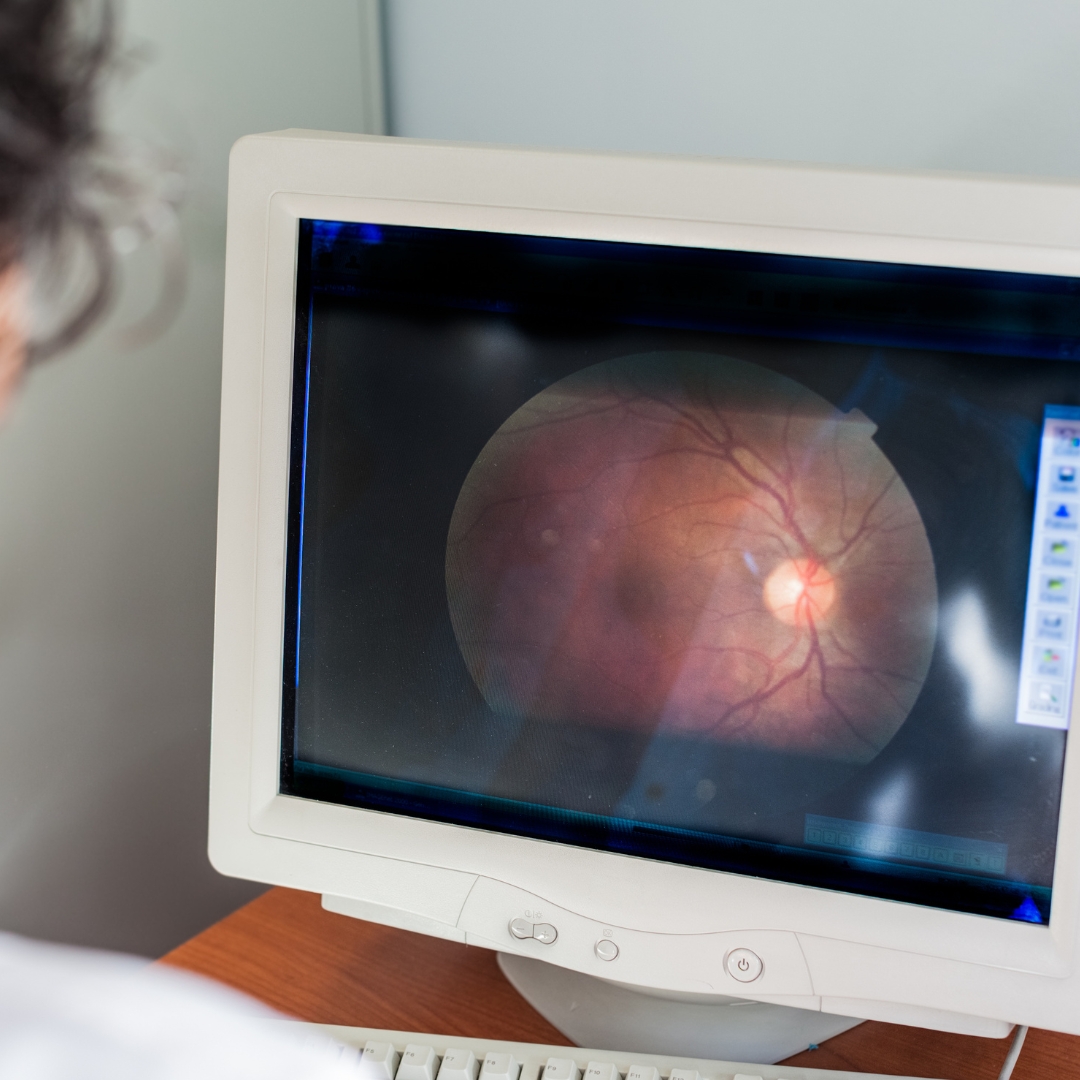
What is the Retina?
The retina is a delicate, thin layer of cells attached to the inner lining of the eye. It functions similarly to film in pre-digital cameras, capturing images and transmitting them to the brain via the optic nerve for interpretation.
Due to the eye’s curved structure, the retina is also curved, allowing for vision in all directions. Peripheral or side vision relies on the outer parts of the retina, while central vision depends on the macula at the centre of the retina. Within the macula is a tiny area responsible for fine detail, enabling activities such as reading, colour recognition, driving and face recognition.

